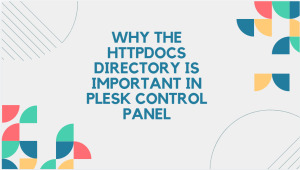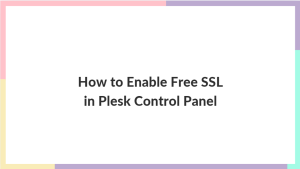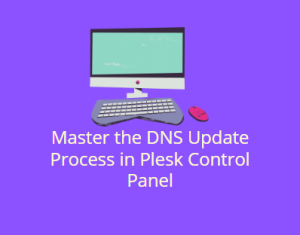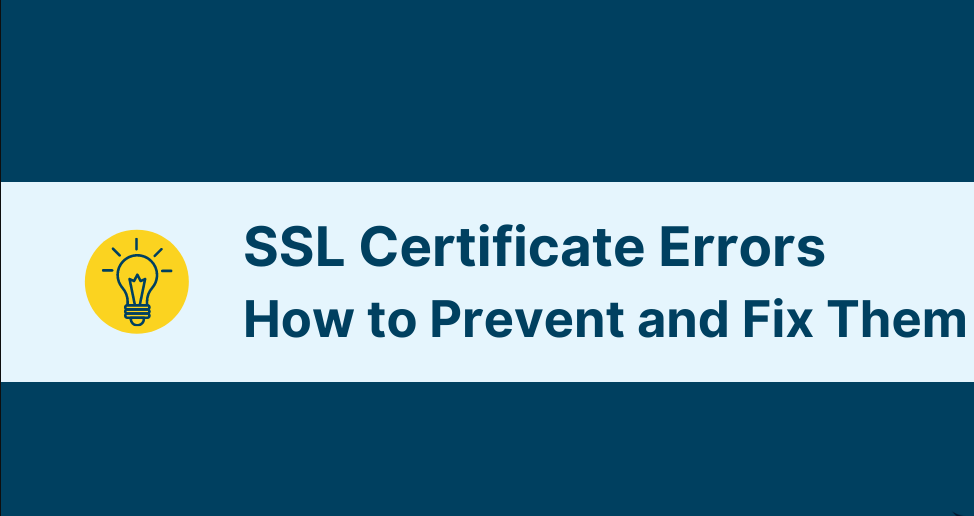
SSL (Secure Sockets Layer) certificates are crucial for securing data transmitted between a user’s browser and a website. In today’s digital landscape, SSL is not just a security feature but a necessity for any website, including those powered by WordPress. An SSL certificate encrypts data, ensuring that sensitive information like passwords, credit card numbers, and personal details remain secure. Additionally, SSL improves SEO rankings, boosts user trust, and is a requirement for many payment gateways. Despite its importance, implementing SSL can sometimes lead to common issues that may disrupt your website’s functionality. This guide will help you identify and fix common SSL issues in WordPress.
Table of Contents
Understanding SSL and Its Importance
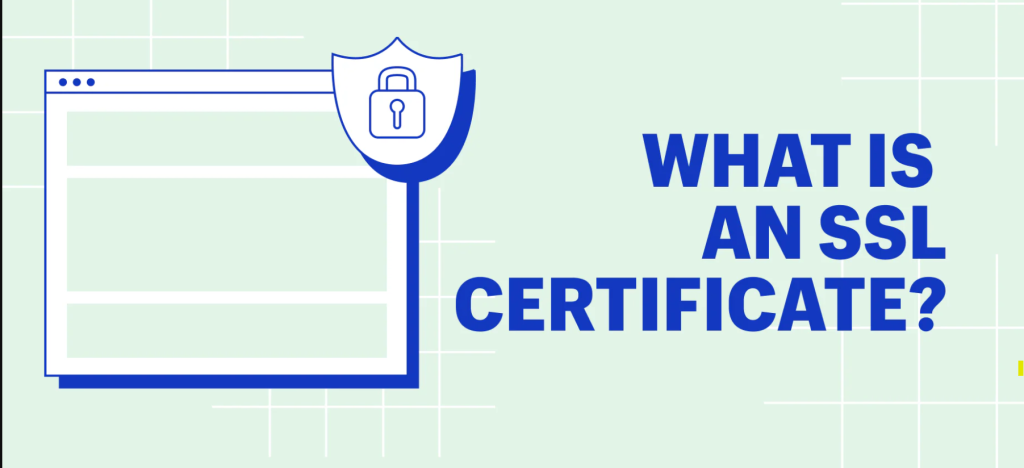
SSL stands for Secure Sockets Layer, a protocol for encrypting information over the internet. When a website uses SSL, it ensures that all data passed between the web server and browsers remain private and integral. SSL is essential for several reasons:
- Security: Protects sensitive data from being intercepted by attackers.
- SEO Benefits: Google uses HTTPS as a ranking signal.
- Trust: Users trust websites that display the padlock icon in the address bar.
- Compliance: Necessary for compliance with various regulations and payment gateways.
Common SSL Issues in WordPress
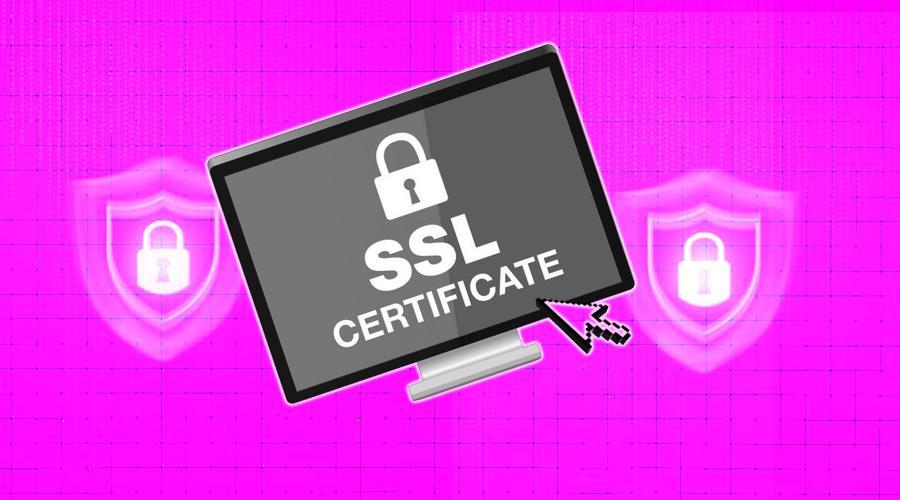
Mixed Content Warnings
Mixed content occurs when a webpage is loaded over HTTPS, but other resources (like images, scripts, or stylesheets) are loaded over HTTP. Browsers flag these resources because they can compromise the security of the entire page.
Redirect Loops
Redirect loops happen when the server is configured to repeatedly direct traffic from HTTP to HTTPS or vice versa, causing an infinite loop. This typically results in errors like “Too Many Redirects” or “ERR_TOO_MANY_REDIRECTS.”
SSL Certificate Not Trusted
An SSL certificate not trusted error occurs when the browser cannot verify the certificate’s legitimacy. This usually happens with self-signed certificates or when the certificate is issued by an untrusted authority.
Outdated SSL Certificate
An outdated SSL certificate error occurs when the SSL certificate has expired. Browsers will flag the site as insecure, and users will see warnings about the expired certificate.
Insecure Site Errors
Insecure site errors occur when the SSL certificate is not correctly installed or when the site has not been fully configured to use HTTPS.
How to Fix Common SSL Issues

Fixing Mixed Content Warnings
Step 1: Identify Mixed Content
To identify mixed content issues, you can use browser developer tools:
- Open your website in a browser (e.g., Google Chrome).
- Right-click on the page and select “Inspect.”
- Go to the “Console” tab to see mixed content warnings.
Step 2: Update Links to HTTPS
Manually update links from HTTP to HTTPS in your WordPress dashboard:
- Go to Appearance > Editor.
- Search for HTTP links and change them to HTTPS.
Alternatively, you can use a plugin like Really Simple SSL to automatically fix mixed content:
- Install and activate the Really Simple SSL plugin.
- Go to Settings > SSL and enable the plugin.
Resolving Redirect Loops
Step 1: Check Your .htaccess File
Ensure your .htaccess file is correctly configured to avoid redirect loops:
- Access your website files via FTP or cPanel.
- Open the .htaccess file in the root directory.
- Ensure you have the following code
RewriteEngine OnRewriteCond %{HTTPS} !=onRewriteRule ^ https://%{HTTP_HOST}%{REQUEST_URI} [L,R=301]
Step 2: Update Site URL in WordPress
Ensure your WordPress site URL is set to HTTPS:
- Go to Settings > General in your WordPress dashboard.
- Update both WordPress Address (URL) and Site Address (URL) to use HTTPS.
Step 3: Check Plugin Conflicts
Sometimes plugins can cause redirect loops. Disable all plugins and enable them one by one to identify the culprit.
Addressing SSL Certificate Not Trusted Errors
Step 1: Verify Your SSL Certificate
Ensure your SSL certificate is issued by a trusted Certificate Authority (CA). If you’re using a self-signed certificate, consider switching to a trusted CA like Let’s Encrypt.Step 2: Install Intermediate Certificates Intermediate certificates establish a chain of trust. Some CAs require you to install intermediate certificates along with your SSL certificate. Ensure all required certificates are installed
Step 3: Update Browser Sometimes, browsers need to be updated to recognize new CAs. Ensure your browser is up to date.
Updating Expired SSL Certificates
Step 1: Renew Your SSL Certificate
Most SSL certificates are valid for one year. Renew your certificate before it expires. Many hosting providers offer auto-renewal options.
Step 2: Install the Renewed Certificate
Once you renew your SSL certificate, install the new certificate on your server. This process varies depending on your hosting provider. Most providers offer detailed guides on installing renewed certificates.
Correcting Insecure Site Errors
Step 1: Check SSL Certificate Installation
Ensure your SSL certificate is correctly installed. Use online tools like SSL Labs’ SSL Test to check your installation.
Step 2: Force HTTPS
Ensure your website is configured to use HTTPS by default. You can do this using your .htaccess file (see the Redirect Loops section) or by using a plugin like Really Simple SSL.
Step 3: Update Internal Links
Ensure all internal links point to HTTPS. You can do this manually or use a plugin like Better Search Replace to update all links in your database.
Preventing SSL Issues in the Future
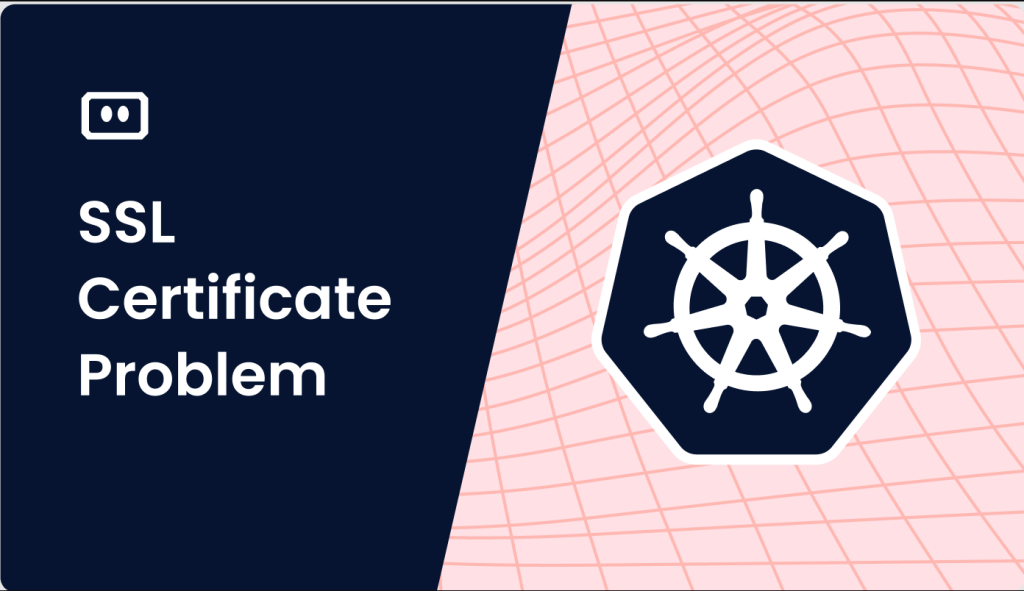
To prevent SSL issues in the future, follow these best practices:
- Regularly Update Your SSL Certificate: Ensure your SSL certificate is always up to date. Set reminders for renewal dates.
- Use Trusted SSL Providers: Always use SSL certificates from trusted Certificate Authorities.
- Keep WordPress and Plugins Updated: Regular updates can prevent compatibility issues and security vulnerabilities.
- Monitor Your Site: Regularly check your site for SSL issues using online tools and browser developer tools.
- Enable HTTPS from the Start: When setting up a new WordPress site, enable HTTPS from the beginning to avoid mixed content issues.
Conclusion
Implementing and maintaining SSL on your WordPress site is crucial for security, SEO, and user trust. While SSL issues can be daunting, most can be resolved with a few steps. By understanding common SSL issues and their fixes, you can ensure your WordPress site remains secure and functional. Always keep your SSL certificate updated, use trusted providers, and monitor your site regularly to prevent issues in the future.
